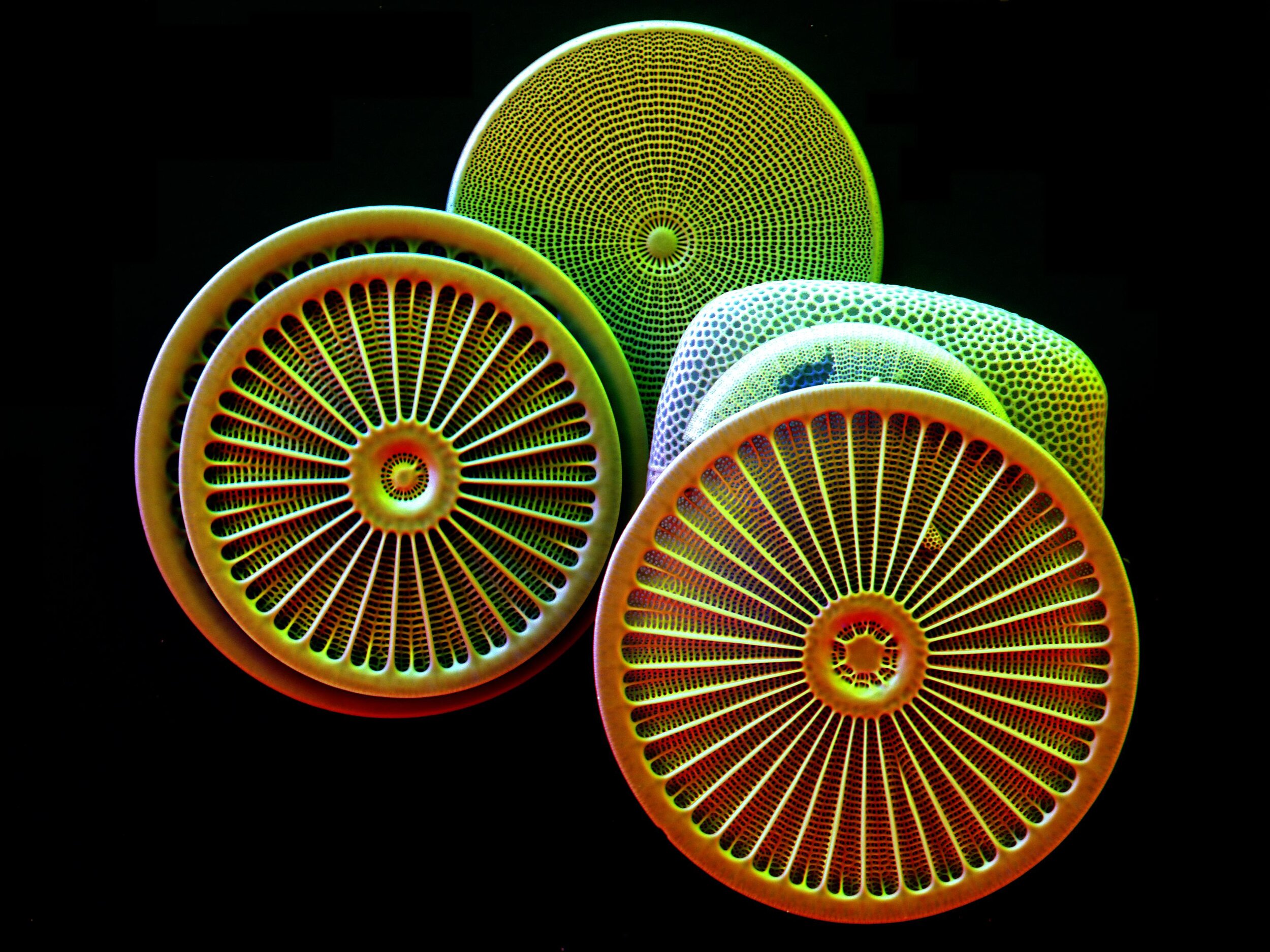O Christmas Tree
Good King Wenceslas looked out/ On the Feast of Stephen
When the snow lay round about/ Deep and crisp and even
In the northeast, things are drab and frozen right now, though this ice pattern is pretty cool!
“Good King Wenceslas” is one of my favorite Christmas songs. It’s fun to sing, and full of evocative natural imagery like “rude wind’s wild lament.” One of the things that Good King Wenceslas and his page bring in their charity bundle for yonder peasant is pine logs. This reminds us how indispensable plants are to us both practically and spiritually. Now, during the twelve days of Christmas, when we have brought all kinds of greenery into our homes, it’s a perfect opportunity to take a closer look at evergreen plants. Evergreens give us hope for life in darkest winter. There is a lot to love about these hard-working plants.
O Christmas Tree, O Christmas Tree/ How lovely are thy branches!
O Christmas tree, O Christmas tree/ Your leaves are so unchanging
Not only green when Summer’s here/ But also when it’s cold and drear
First among seasonal plants is the Christmas tree. Most Christmas trees are firs though spruce and pine are common as well. Balsam fir (Abies balsamea) was the tree of choice at our house growing up. Fir and spruce species have short needles, about an inch long, that grow directly from the twig. You can tell the difference between spruce and fir by the needles. Spruce needles are sharp, square, and stiff, whereas fir needles are “friendly” (not sharp), flat, and flexible.
Pine trees have much longer needles, around three to six inches depending on the species. The needles grow in little bundles of two to five needles. The long supple needles allow more flexibility than fir or spruce, so pine is often use in long garlands that drape nicely.
All three types of conifers get that Christmas smell from the defensive compounds in the leaves. Aromatic oils in the leaves serve as defense against insects that would munch on the leaves. Evergreen plants have to invest resources to defend their leaves from herbivores and the elements so that the leaves last longer. The tradeoff they make is more “expensive” leaves for the ability to photosynthesize year round. They stock their leaves with chemicals that make them unpalatable or even toxic to insects and animals and indigestible for fungus and bacteria.
One type of aromatic defensive compound common in many conifers are the “terpenes”. Terpenes are highly flammable, and high terpene levels lead to fast combustion time and high flames. This is in part why Christmas trees are so flammable, especially as they dry out--and why it’s so fun to throw dry Christmas trees on bonfires! I highly recommend that you try it, and watch the sparks fly. High flammability is also why you have to be careful with your tree indoors—keep it watered and away from open flames.
Deck the halls with boughs of holly, fa la la la la, la la la la
I think holly is mostly a popular Christmas song topic because it rhymes with jolly. On the other hand, song “The holly and the ivy” never uses that rhyme, so holly may have become popular on its own merits.
The holly bears a prickle/ As sharp as any thorn
In addition to chemical defenses, hollies have physical defenses to protect them from predators. Their leaves are pointy and sharp to keep animals, and their big mouths, away. Because the leaves last for multiple years, they have a waxy coating to keep from drying out. Being evergreen in temperate climates (climates with different seasons) is an ecological strategy employed by many types of plants. On the tree of life, pine, spruce, and fir are all conifers (Gymnosperms). Holly, on the other hand, is a flowering plant (Angiosperm). Hollies and conifers are not closely related, which goes to show that the evergreen strategy must be a good one because it has evolved repeatedly in different types of plants.
In tropical climates, with little seasonal variation in temperature, being evergreen is a much more common strategy. Two tropical evergreen plants that are popular this time of year are poinsettia (Poinsettia pulcherrima) and Christmas cactus (Schlumbergera hybrids). Poinsettias are in the spurge family. Spurges have a characteristic head of small individuals that look like a single flower. In fact, each small flower is very simple, lacking any sepals or petals. In the poinsettia, for example, the large red “petals” are actually leaves. The flowers are the inconspicuous round structures at the center of each bunch of leaves.
The red stuff on poinsettias is actually leaves. The flowers are the strange yellowy knobs. This gorgeous poinsettia came to me courtesy of the Rutgers University Floriculture Greenhouse.
In nature, Christmas cactuses are epiphytes, meaning they do not grow out of the soil. Rather, they grow on top of trees or rocks and get their water and nutrients from the air and rain. Mistletoe is another holiday plant that grows up in trees. Mistletoe, however, is parasitic. Mistletoe penetrates the host plant and extracts water and nutrients for its own use. Mistletoe is toxic to humans. It uses those defensive compounds to protect its leaves from herbivores.
This is the first flower I have seen on my Christmas cactus in many years. My dad gave me this one, so I have held on to it despite rough times. Early on, it got scales, and I had to keep it up on a dark shelf to protect it from the cats. It has slowly made a recovery, though you can see nibbles on the stems from my cat.
I know a lot of you will rush to take down your decorations as soon as the new year comes, but what’s the rush? These plants will last a while, so I say enjoy them for as long as you can!








